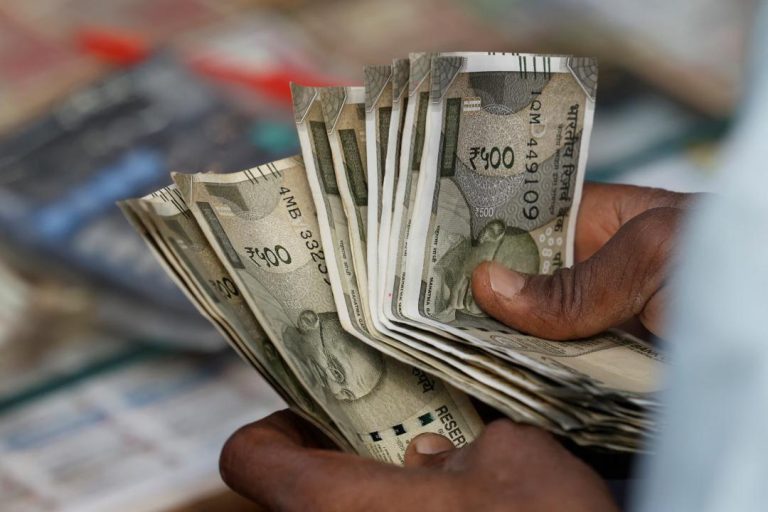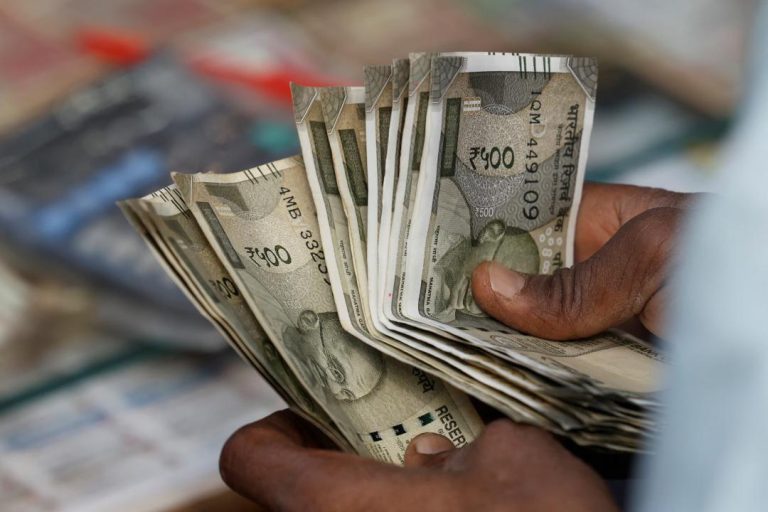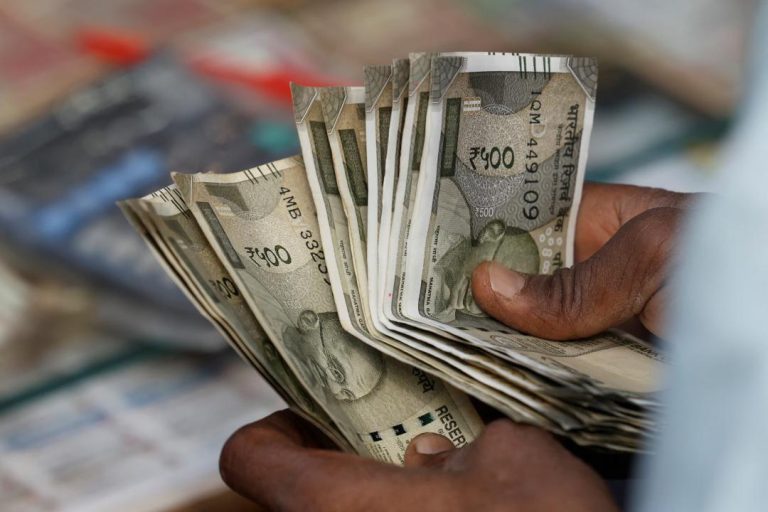
What Got Cheaper & Costlier in March as CPI Falls to 67-Month-Low of 3.34%?
The Consumer Price Index (CPI), which measures the average change in prices of a basket of goods and services, fell to a 67-month low of 3.34% in March. This is a significant decline from the previous month’s figure of 5.72%. According to the data released by the Ministry of Statistics and Programme Implementation, the CPI has been on a downward trend in recent months, with the March figure being the lowest since August 2017.
The decline in CPI is attributed to a decrease in prices of essential commodities such as eggs, vegetables, and pulses. These items saw a considerable decline in prices, which had a significant impact on the overall CPI. On the other hand, prices of some commodities such as spices, meat, fish, housing, recreation, and amusement saw a marginal decline, while fruit prices saw a sizeable jump.
Commodities That Got Cheaper
The prices of eggs, vegetables, and pulses saw a significant decline in March, which contributed to the fall in CPI. The prices of eggs fell by 14.11% year-on-year, while the prices of vegetables and pulses fell by 10.77% and 9.37%, respectively. These items are essential for a majority of households, and a decline in their prices has a direct impact on the purchasing power of consumers.
Other commodities that saw a decline in prices include spices, meat, fish, and housing. The prices of spices fell by 2.51% year-on-year, while the prices of meat, fish, and housing fell by 1.45%, 1.32%, and 0.65%, respectively. These commodities are essential for daily consumption, and a decline in their prices can have a positive impact on the overall CPI.
Commodities That Got Costlier
Despite the decline in CPI, some commodities saw a rise in prices. The prices of fruits, cereals, milk, oil, sugar, confectionery, clothing, snacks, sweets, pan, tobacco, footwear, fuel, and health and education saw a marginal rise. The prices of fruits, for example, rose by 3.76% year-on-year, while the prices of cereals, milk, and oil rose by 1.51%, 1.36%, and 1.26%, respectively.
The rise in prices of these commodities is attributed to various factors, including supply chain disruptions, weather conditions, and global economic trends. For instance, the rise in prices of fruits is due to a decline in production and an increase in demand during the peak season.
Impact on Consumers
The decline in CPI has a direct impact on the purchasing power of consumers. With prices of essential commodities such as eggs, vegetables, and pulses declining, consumers can expect to save money on their daily consumption expenses. This can lead to an increase in disposable income, which can be spent on other goods and services.
On the other hand, the rise in prices of some commodities such as fruits, cereals, and milk may lead to an increase in expenses for consumers. However, the overall decline in CPI indicates that the impact of these price rises may be mitigated.
Conclusion
The decline in CPI to a 67-month low of 3.34% in March is a significant development in the Indian economy. The decline in prices of essential commodities such as eggs, vegetables, and pulses has a direct impact on the purchasing power of consumers. While some commodities saw a rise in prices, the overall decline in CPI indicates that consumers can expect to save money on their daily consumption expenses.
The data released by the Ministry of Statistics and Programme Implementation provides a comprehensive picture of the changes in prices of various commodities in March. As policymakers and businesses, it is essential to analyze this data to understand the trends and patterns in the economy and make informed decisions.
News Source:
https://pib.gov.in/PressReleseDetail.aspx






